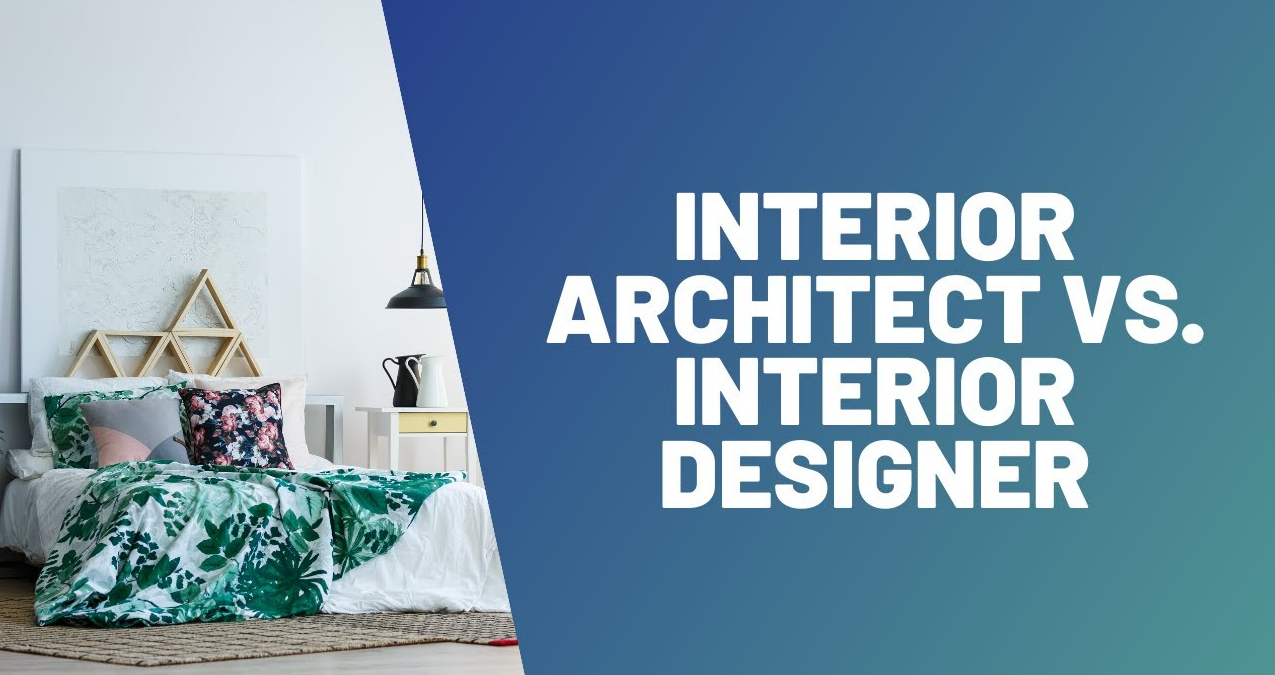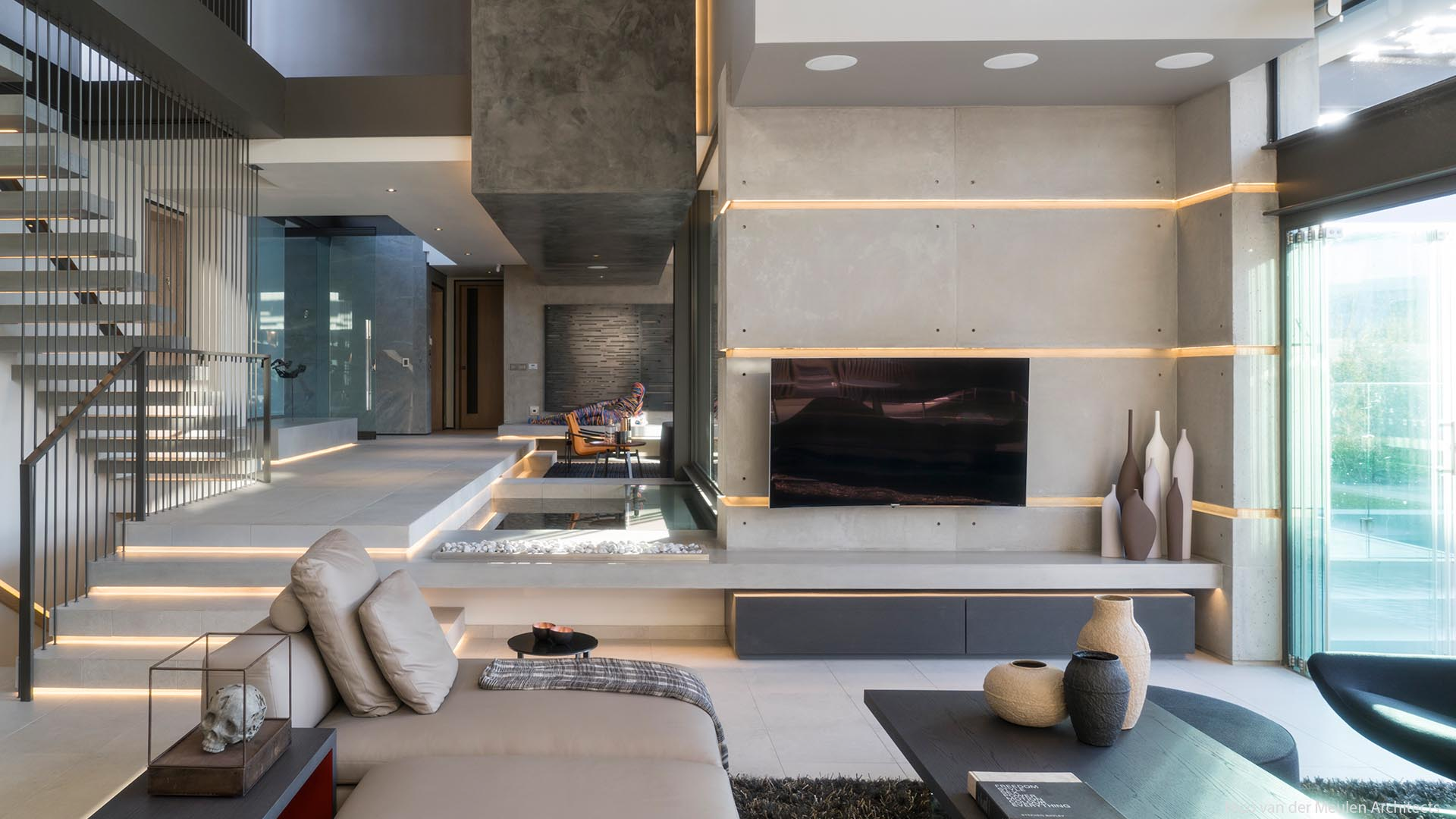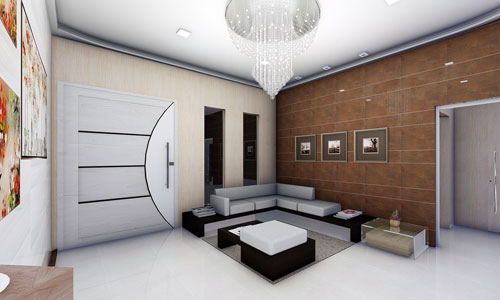Gorgeous Countryside Homes Interior Design for Nature-Inspired Living
Gorgeous Countryside Homes Interior Design for Nature-Inspired Living
Blog Article
The Art of Balance: Exactly How Interior Design and Home Engineer Collaborate for Stunning Results
In the world of home design, striking an equilibrium between looks and capability is no little task. This fragile equilibrium is accomplished via the harmonious collaboration in between indoor developers and designers, each bringing their unique expertise to the table. The result? Areas that are not only visually sensational however likewise incredibly comfortable. Nonetheless, this perfect blend is not always very easy to achieve. Stick with us as we explore the ins and outs of this collective procedure and its transformative effect on home design.
Comprehending the Core Differences In Between Interior Decoration and Home Style
While both Interior Design and home design play vital duties in creating aesthetically pleasing and functional rooms, they are inherently different disciplines. Home style primarily focuses on the architectural facets of the home, such as developing codes, safety and security regulations, and the physical building of the area. It takes care of the 'bones' of the framework, working with spatial dimensions, load-bearing wall surfaces, and roofing system styles. On the various other hand, Interior Design is much more concerned with enhancing the aesthetic and sensory experience within that structure. It involves choose and preparing furniture, choosing color schemes, and incorporating decorative aspects. While they operate in tandem, their roles, responsibilities, and locations of knowledge deviate substantially in the development of an unified home atmosphere.
The Synergy In Between Home Design and Interior Decoration
The synergy in between home architecture and Interior Design hinges on a shared vision of layout and the enhancement of functional aesthetic appeals. When these 2 fields line up sympathetically, they can transform a space from common to amazing. This cooperation needs a deeper understanding of each discipline's concepts and the capability to develop a natural, aesthetically pleasing atmosphere.
Unifying Layout Vision
Combining the vision for home architecture and Interior Design can develop an unified living area that is both functional and aesthetically pleasing. The equilibrium begins with an integrated frame of mind; architects and interior developers team up, each bringing their proficiency. This unison of ideas creates the layout vision, a blueprint that guides the project. This common vision is vital for consistency throughout the home, making sure a liquid change from exterior architecture to interior spaces. It advertises a collaborating method where building aspects enhance Interior Design components and the other way around. The result is a cohesive space that mirrors the property owner's taste, character, and way of living. Hence, unifying the style vision is important in blending architecture and Interior Design for stunning outcomes.
Enhancing Practical Appearances
Just how does the synergy in between home architecture and interior design enhance functional aesthetic appeals? Engineers lay the groundwork with their structural style, ensuring that the room is functional and efficient. An architect could design a home with high ceilings and huge home windows.
Value of Collaboration in Creating Balanced Spaces
The collaboration between interior developers and architects is pivotal in creating well balanced spaces. It brings consistency between style and style, bring to life areas that are not just aesthetically pleasing but check my source likewise useful. Discovering successful collaborative strategies can offer understandings into how this harmony can be properly achieved.
Balancing Design and Style
Balance, a crucial element of both Interior Design and design, can just really be attained when these 2 areas operate in consistency. This consistency is not just an aesthetic factor to consider; it influences the functionality, sturdiness, and eventually, the livability of an area. Interior developers and designers have to understand each other's roles, value their competence, and communicate properly. They need to consider the interaction of architectural aspects with decor, the flow of spaces, and the effect of light and color. This joint process results in a natural, balanced style where every aspect adds and has an objective to the general aesthetic. As a result, integrating style and design is not practically creating beautiful areas, yet concerning crafting rooms that work perfectly for their citizens.
Successful Joint Approaches

Situation Researches: Effective Assimilation of Layout and Architecture
Examining numerous instance studies, it becomes apparent how the effective combination of interior layout and style can transform a space. Designer Philip Johnson and interior developer Mies van visit the site der Rohe teamed up to develop an unified balance in between the inside and the structure, resulting in a seamless circulation from the exterior landscape to the internal living quarters. These situation studies highlight the extensive influence of an effective layout and style collaboration.

Overcoming Challenges in Style and Style Cooperation
Regardless of the undeniable advantages of a successful cooperation between interior layout and architecture, it is not without its obstacles. Architects may focus on architectural integrity and safety, while designers concentrate on comfort and design. Effective interaction, shared understanding, and compromise are crucial to conquer these difficulties and attain a unified and successful cooperation.

Future Patterns: The Progressing Partnership In Between Home Architects and Interior Designers
As the world of home layout proceeds to evolve, so does the partnership between engineers and indoor developers. The fad leans in the direction of a more integrated and collective technique, damaging without conventional duties. Engineers are no more exclusively concentrated on architectural integrity, yet also participate in enhancing helpful site aesthetic allure - Winchester architect. Conversely, indoor developers are embracing technological elements, influencing overall layout and performance. This progressing symbiosis is driven by innovations in modern technology and the growing demand for areas that are not only visually pleasing however sustainable and also functional. The future guarantees a more cohesive, ingenious, and adaptive technique to home style, as engineers and developers proceed to blur the lines, fostering a relationship that really embodies the art of balance.
Verdict
The art of balance in home design is achieved through the unified collaboration in between interior developers and architects. An understanding of each various other's techniques, efficient interaction, and shared vision are important in developing aesthetically stunning, practical, and inviting areas. Regardless of challenges, this partnership promotes development and innovation in design. As the relationship between home architects and indoor developers evolves, it will certainly remain to form future fads, enhancing comfort, efficiency, and individual expression in our home.
While both indoor style and home architecture play crucial roles in developing aesthetically pleasing and practical spaces, they are naturally various disciplines.The harmony between home style and interior style lies in a shared vision of style and the improvement of functional looks.Unifying the vision for home design and indoor style can create a harmonious living space that is both practical and visually pleasing. Hence, unifying the layout vision is essential in mixing architecture and indoor style for magnificent outcomes.
Just how does the harmony in between home design and indoor design enhance practical aesthetic appeals? (Winchester architect)
Report this page